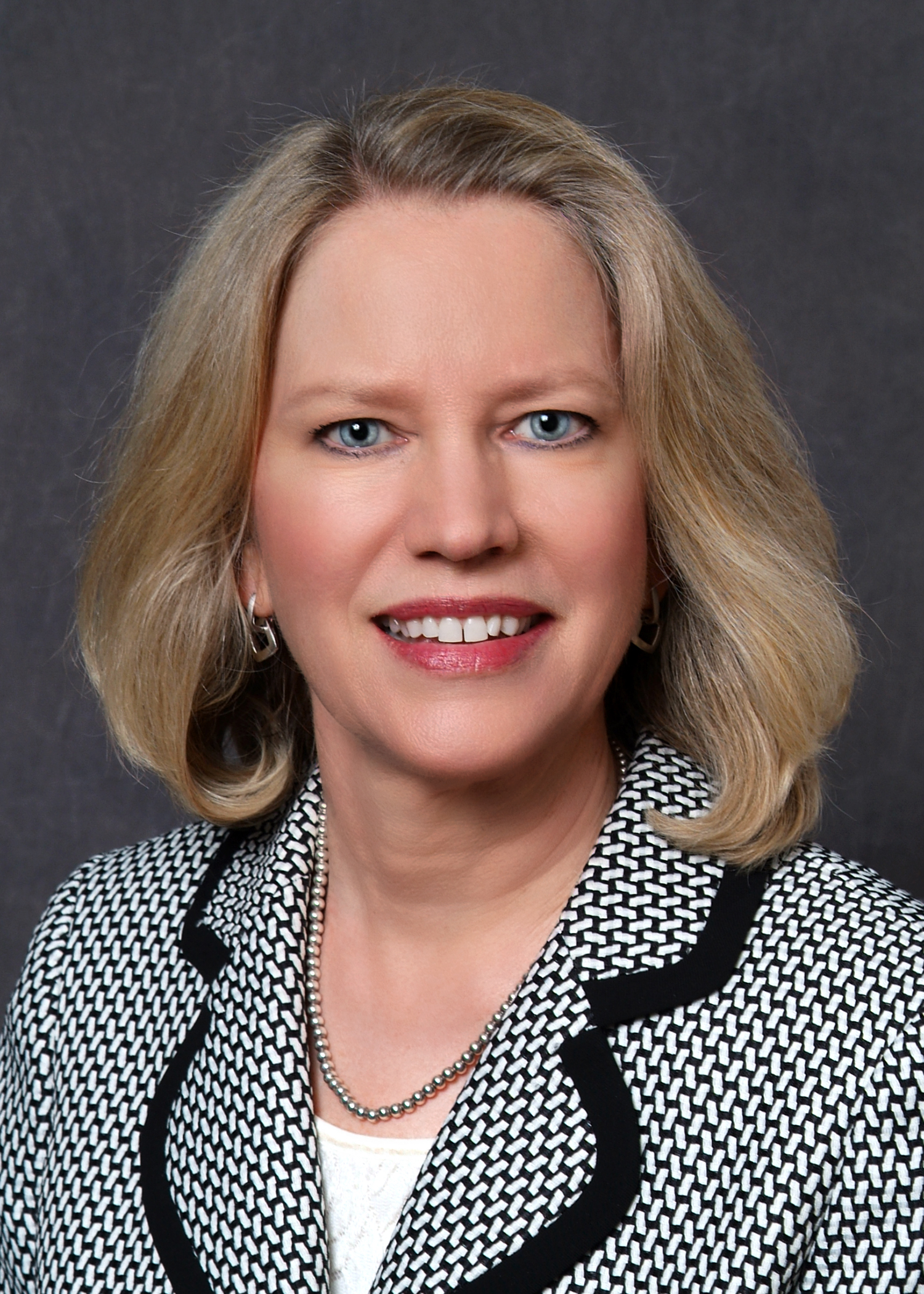Need for Academic Medical Centers to Change Model

Academic Medical Centers must find better ways to deliver and manage lower acuity care as price becomes a more significant factor for patients seeking care. A recent PricewaterhouseCooper’s Health Research Institute survey found that 50% of patients surveyed said they would not pay more for specialty medical care at an academic medical center (AMC).
AMCs tend to be more costly providers of care as a result of a number of unique factors including treatment of sicker patients and significant investments in training clinicians which are not reimbursed. Moreover, though AMCs are traditionally thought to be providers of highly specialized care, the PricewaterhouseCooper’s survey finds that only about a quarter of an AMC’s revenue is tied to specialty care and the rest is related to lower acuity care services.
To address the need to deliver this lower acuity care in a more cost-effective way, many AMCs have pursued mergers and acquisitions of community hospitals where lower acuity care can be delivered at a lower cost, or have aligned with community-based practices that are better equipped to handle population health. AMCs are also developing extended care teams including pharmacists, nutritionists, mental health professionals, and physical and occupations therapists, to provide a broader range of lower acuity services. In an effort to develop additional revenue sources that align with their mission to continue to train future health care workers, AMCs are also investing in care delivery research and leveraging their significant health data to forecast a community’s health care needs and improve health outcomes.
If you have any questions about this post or related matters, please contact me at sjarvaweiss@norris-law.com.

